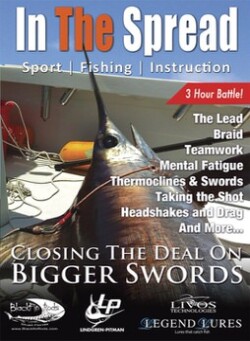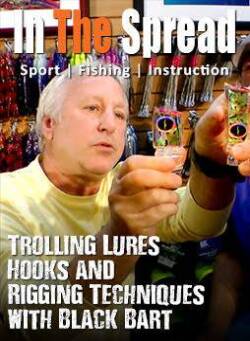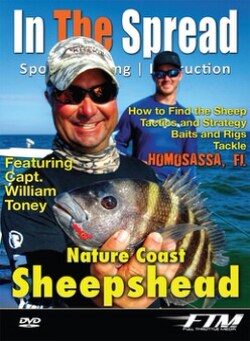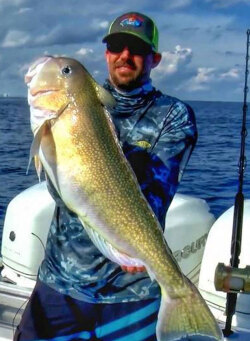Seth Hartwick, a global fisherman, shares his insights on yellowfin tuna jigs, jigging techniques, rods, and reels for targeting tuna at depth. He discusses rig options like drop cord, hooks, skirts, split rings, and swivels, as well as his preferred reels and rods for jigging. Hartwick emphasizes the importance of the right gear ratio, drag system, and rod size when selecting jigging rods.
Tuna Fishing - Jigs for Yellowfin
(00:13:04)
Watch Full Video
View Short Trailer
Instructor:
Seth Hartwick
Description
/
Review
/
Instructor
Video Key Points:
- Understanding Yellowfin Tuna Behavior: Yellowfin tuna often suspend at the depth of deep water bait fish. Speed jigs or knife jigs are effective tools to trigger bites.
- Importance of Right Gear and Techniques: The key to success is having the correct gear and understanding jigging techniques. This includes knowing how to fish the entire water column and understanding boat and angler positioning.
- Choosing the Right Jigs: Seth Hartwick provides insights on the weight range of jigs, rigging, and the importance of the drop cord, hooks, skirts, rings, split rings, and swivels.
- Critical Elements of Successful Jigging: Matching your rod to the jig size and having the right reel setup is crucial. Seth shares his preferred rods and reels for the task.
In this video, Seth Hartwick, a renowned worldwide angler, shares his valuable insights gained from years of experience in yellowfin tuna fishing.
Login
to leave a review.
User Reviews

Robert
10.05.2023
0
Seth Hartwick
Seth Hartwick is a topwater fishing enthusiast, traveling worldwide to catch GTs and Tuna using big poppers and stickbaits. He values the natural state of the ocean and far off reefs, and has made over 83 overseas trips. Seth has shared adventures with his dad and works as a journeyman lineman for a power company in SE Michigan.
Read moreVideos
We Recommend
0




